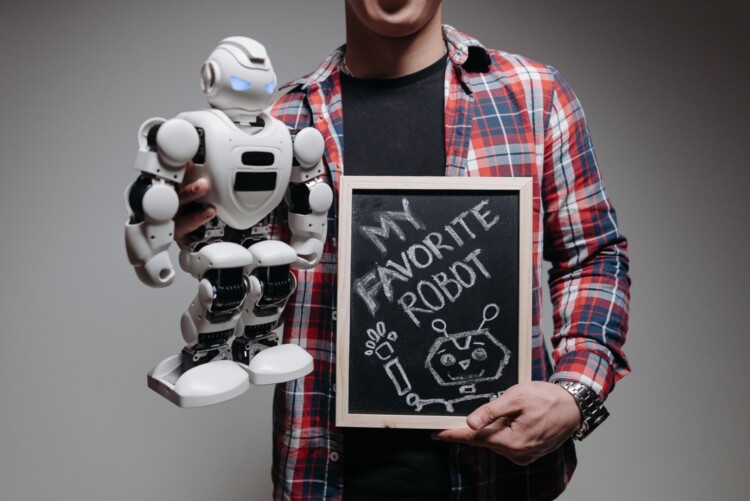Robots have become an integral part of our lives. From automated vacuum cleaners to self-driving cars, they are everywhere. With their advanced capabilities and increasing autonomy, some people are starting to wonder if we should be worried about the possibility of robots turning against us.
The Reality of Robot Ethics:
While it may seem like the stuff of science fiction, the reality is that robot ethics is a complex and ongoing field of study. Experts are actively working to ensure that robots are designed and programmed with a strong ethical framework.
Many ethical concerns surrounding robots center around issues of safety, privacy, and accountability. For example, robots that are used in healthcare settings need to be programmed to prioritize patient safety and privacy. Similarly, self-driving cars need to be programmed to make ethical decisions in the event of an unavoidable accident.
Robots as Tools:
It’s important to remember that robots are ultimately tools that we control. Just as we use caution and follow safety protocols when using other tools, we must do the same with robots.
Robots are not capable of independent thought or feelings. They do not have a desire to harm humans or take over the world. They simply do what they are programmed to do.
That being said, it is crucial to ensure that robots are programmed and designed with the utmost care and consideration. It is the responsibility of the designers, engineers, and programmers to create robots that are safe, reliable, and trustworthy.
The Importance of Ethical Design:
One of the key factors in preventing robots from turning against us is ethical design and programming. Ethical design involves considering the potential impact and consequences of a robot’s actions on human well-being.
For example, a healthcare robot should be programmed to prioritize patient safety and privacy above all else. This includes adhering to strict data protection measures and ensuring that the robot’s actions do not harm or compromise the well-being of patients.
Furthermore, the decision-making algorithms of robots should be transparent and understandable. This allows humans to have insight into how the robot arrived at a particular decision and ensures a level of accountability.
In addition to ethical design, regular monitoring and oversight of robots’ behavior is crucial. This ensures that any issues or concerns can be addressed promptly.
While it is natural to have concerns about the potential risks of advanced robots, the reality is that with proper design and programming, we can mitigate these risks.
Robots are tools that we control, and it is our responsibility to ensure that they are designed and programmed with a strong ethical framework. By prioritizing safety, privacy, and accountability, we can ensure that robots remain beneficial and do not pose a threat to humans.










